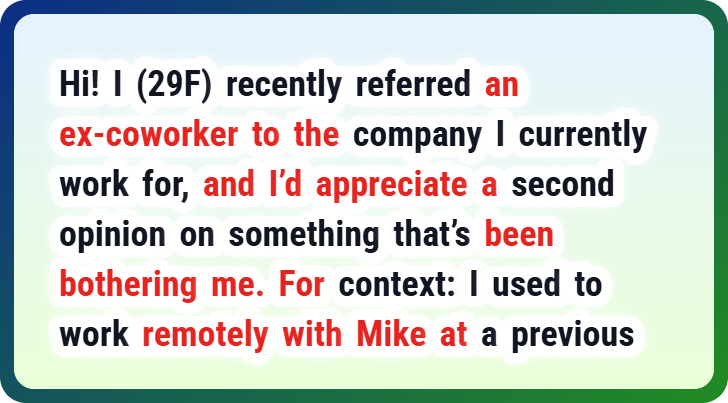Empty Shelves, Empty Sales: When Malicious Compliance Meets Retail Policy
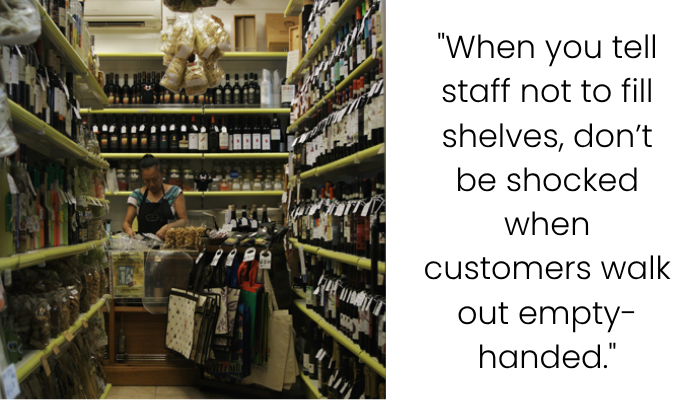
In a retail environment where visual merchandising plays a pivotal role in driving sales, a directive from upper management to leave event display shelves empty until specific stock arrives led to unintended consequences. Despite staff concerns about the impact on customer perception and sales, the policy was enforced. The result? A noticeable decline in sales and an eventual policy reversal, highlighting the importance of flexibility and ground-level insights in retail operations.
Advertisement – Continue Reading Below
“Jam-packed” is how many of us would like to find shelves when doing our holiday shopping

But customers were greeted with empty space and air at one store, after staff followed management’s instructions with precision

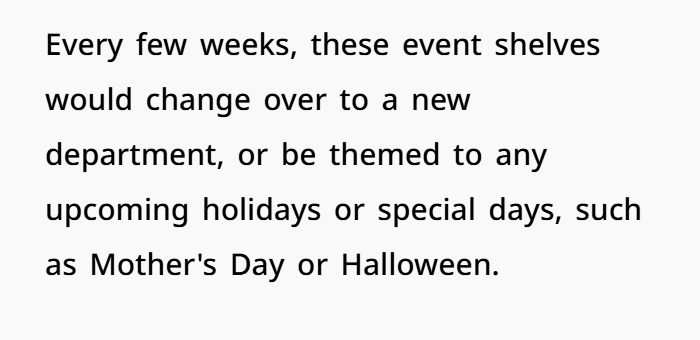

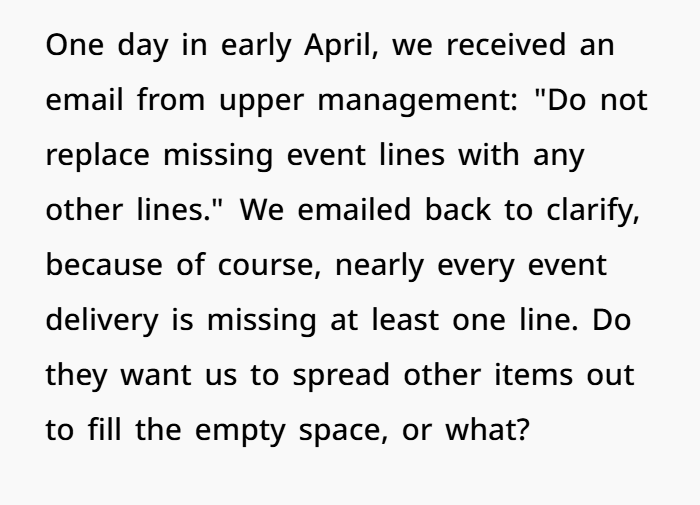


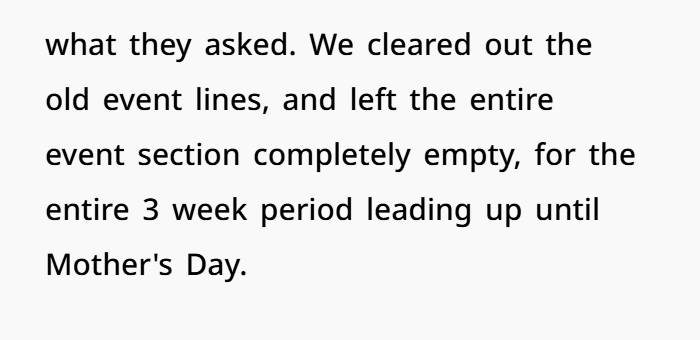
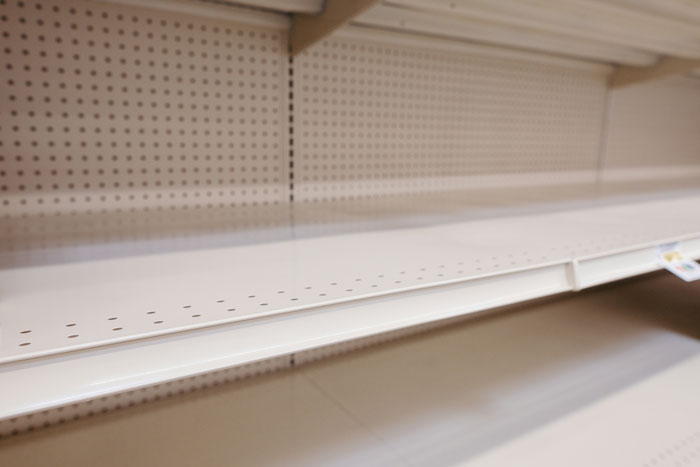
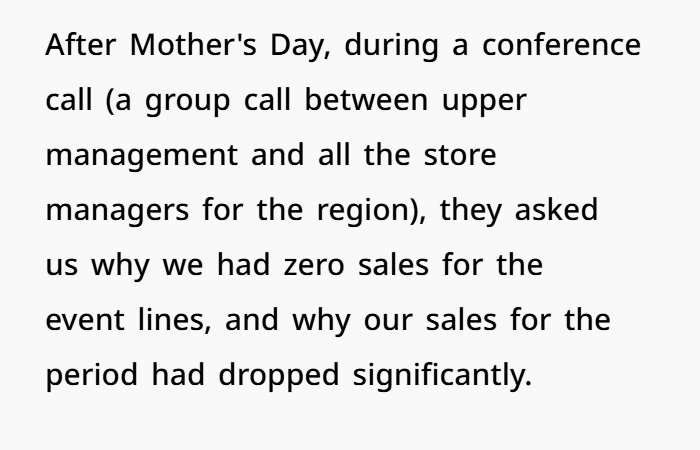
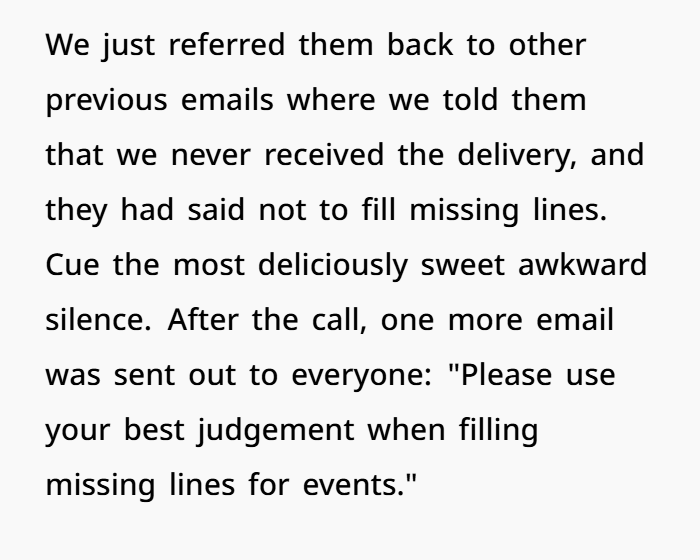
The Strategic Implications of Empty Retail Shelves
The directive from upper management to leave event display shelves empty, under the assumption that it would create an illusion of high demand, serves as a compelling case study in retail strategy missteps. This approach, intended to simulate scarcity and drive urgency, inadvertently led to decreased sales and customer dissatisfaction.
Advertisement – Continue Reading Below
The Psychology Behind Empty Shelves
Retailers often employ tactics like “facing” or “blocking” to maintain the appearance of fully stocked shelves, thereby enhancing the shopping experience and encouraging purchases. When shelves are left empty, it can signal poor inventory management or lack of product availability, leading customers to question the store’s reliability. A study by NielsenIQ found that 20% of consumers delayed their purchase, 10% bought the item elsewhere, and 16% chose to buy online when faced with empty shelves .
Financial Repercussions of Stockouts

The financial impact of out-of-stock situations is significant. Retailers worldwide lose substantial revenue annually due to stockouts. For instance, a report from IHL Group estimated that out-of-stocks would cost retailers $1.2 trillion in 2023 from lost sales opportunities . These losses are not just immediate but can also erode long-term customer loyalty.
Operational Challenges and Miscommunications
The scenario highlights a disconnect between corporate policy and store-level operations. While the intention was to create a perception of high demand, the lack of flexibility and responsiveness to actual inventory levels led to empty shelves during a critical sales period. This underscores the importance of clear communication and adaptable strategies in retail management.
Advertisement – Continue Reading Below
Lessons Learned and Best Practices
- Empower Store-Level Decision Making: Allowing store managers the autonomy to make real-time decisions based on inventory levels can prevent situations where rigid policies lead to lost sales.a-closer-look.com
- Implement Dynamic Inventory Management: Utilizing technology to monitor stock levels and customer demand can help in making informed decisions about product placement and inventory replenishment.
- Prioritize Customer Experience: Ensuring that shelves are stocked, or at least appear to be, can significantly impact customer satisfaction and loyalty.
- Regularly Review and Adjust Policies: Retail environments are dynamic, and policies should be regularly assessed for effectiveness and adjusted as necessary to align with operational realities.
The store worker provided some more info in the comments
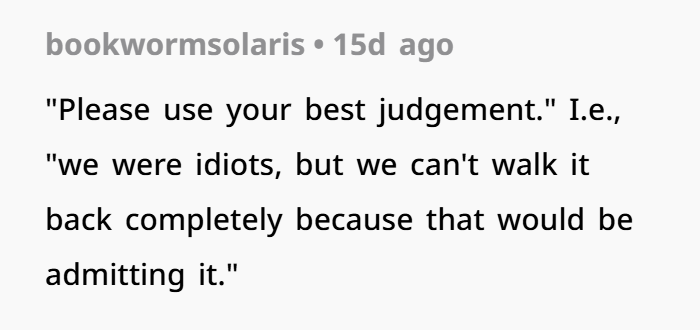


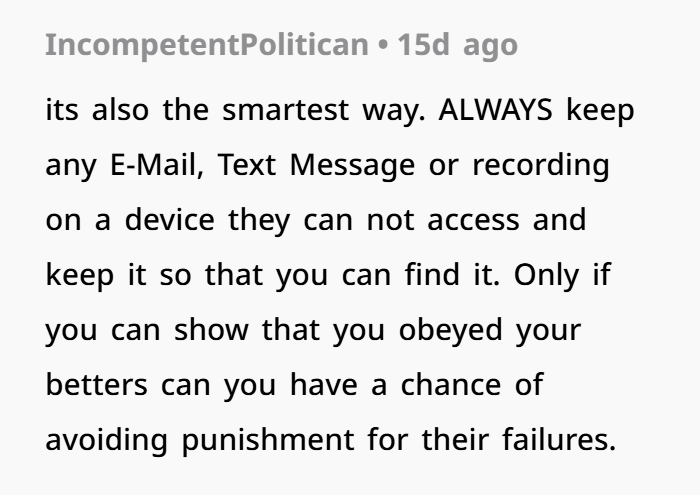
The incident serves as a cautionary tale about the unintended consequences of well-intentioned but inflexible retail policies. By prioritizing customer experience, empowering store-level decision-making, and maintaining adaptable strategies, retailers can avoid similar pitfalls and ensure sustained success.

